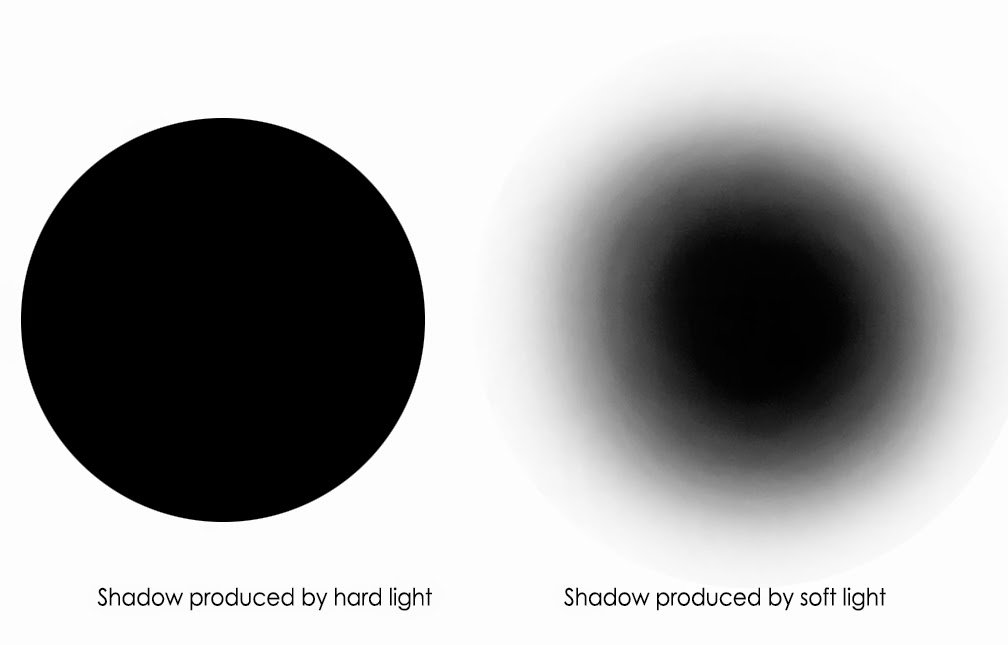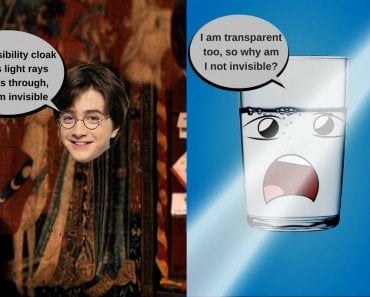Table of Contents (click to expand)
Floaters are a common phenomenon that seems to haunt all of us. But what are they exactly and why do we see them all the time?
We see them all the time! They’re floating in the sky, on the walls of our bedroom, even on an empty screen! However, the more you try to focus on them, the more they seem to slip away from your attention, annoyingly enough, only to reappear when you shift your glance again. Transparent, shape-shifting and ever-moving, these floating objects have all of us confounded!
So what are they and why can we see them everywhere? Are they magical fairies flitting through your field of vision? Are they micro-organisms that are somehow visible to us? Or are they ghosts returning from the dead to haunt the living?

Well, let’s start with the basics. They don’t exist. That’s right, folks. They absolutely, definitely, incontrovertibly do not exist.
So… does that mean we’re all crazy and are just seeing things?

No, don’t go rinsing out your eyes just yet! You’re not the only one who sees them. The reason why I had to start by denouncing their existence is because they don’t exist objectively. They remain a subjective experience for the viewer alone.
Recommended Video for you:
What Are They?
What you’re seeing is a common phenomenon called Floaters. The official Latin name for these weird objects is Muscae Volitantes, which, when translated in English, mean Flying Flies. Quite an apt name, don’t you think? They really are as annoying as pesky flies zipping around your vision. However, they’re not insects at all! In fact, they live exclusively inside your eyeball.

The reason why most of us are so curious about these objects is because they seem so active and alive, as though they’re deliberately trying to evade our understanding. They move and change shape seemingly independently. Nonetheless, they are not alive, no matter how convinced you may be of their magical existence.
Floaters are tiny objects found inside the eyeball. They are not a foreign object, however, but rather something that exists naturally in your eye. They might be pieces of tissue, red blood cells, or even a clump of protein. These tiny objects float freely in something called the vitreous humour. This is the gel-like fluid that is present within your eye.
As these tiny floating objects move around the vitreous humour, when you see them, they seem to be drifting along aimlessly. This is also why they seem so frustratingly defiant and always just out of your reach! The second you try to observe them, they seem to bounce slightly and then settle at the fringe of your vision. You never seem to be able to get a good glimpse of them because they move every time you move your eye.

Why Are Some Brighter While Others Are Not?
Floaters cast shadows at the back of the eye, i.e. the retina. The retina happens to be the light-sensitive part of your eye. The closer they are to the retina, the clearer you are able to see them.

Think of it this way. If you were standing close to a wall with a source of light in front of you, then your shadow would be clear and defined. The farther you moved away from the wall and towards the source of light, the shadow you cast on the wall would become increasingly hazy and vague.
Floaters seem to be particularly visible if you are staring at a bright uniform surface, such as the sky or a whitewashed wall. However, this is not because looking at these objects would spur your eyes to produce floaters, but rather because the floaters are more noticeable against a bright, uniform background. The consistency of such a monochrome backdrop makes it easier for us to distinguish a floater.

Another reason for this is that in the face of a bright light source, your pupils contract. Remember the light-wall-shadow analogy I mentioned before? Now imagine what would happen if you changed the brightness of the source of light. If the light is diffused, then your shadow would be equally diffused. However, a concentrated bright source of light would lead to a sharper shadow on the wall.
A wide pupil is equivalent to a diffuse source of light, but when your pupil narrows to regulate the brightness of the uniform context in front of you, the shadows of the tiny objects in your eye become more distinct and thus, more visible.

Isn’t it amazing how our minds can simply conjure up such wonderful illusions? Next time someone complains about the strange floating visions in their eyes, you can proudly claim that you know all about these curious little illusions of the human body!
References (click to expand)
- How to Get Rid of Floaters in My Eyes?. The University of Utah
- Cipolletta, S., Beccarello, A., & Galan, A. (2012, August 21). A Psychological Perspective of Eye Floaters. Qualitative Health Research. SAGE Publications.
- Floaters | National Eye Institute. The National Eye Institute was established in 1968. It












